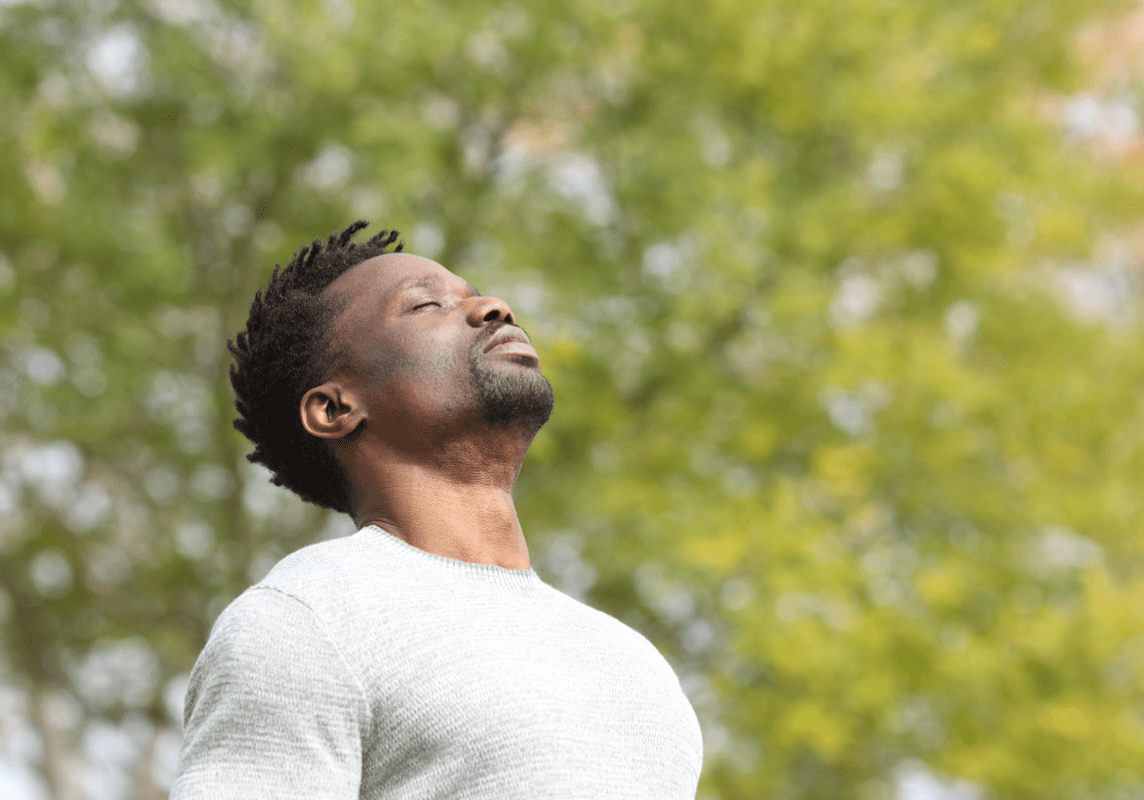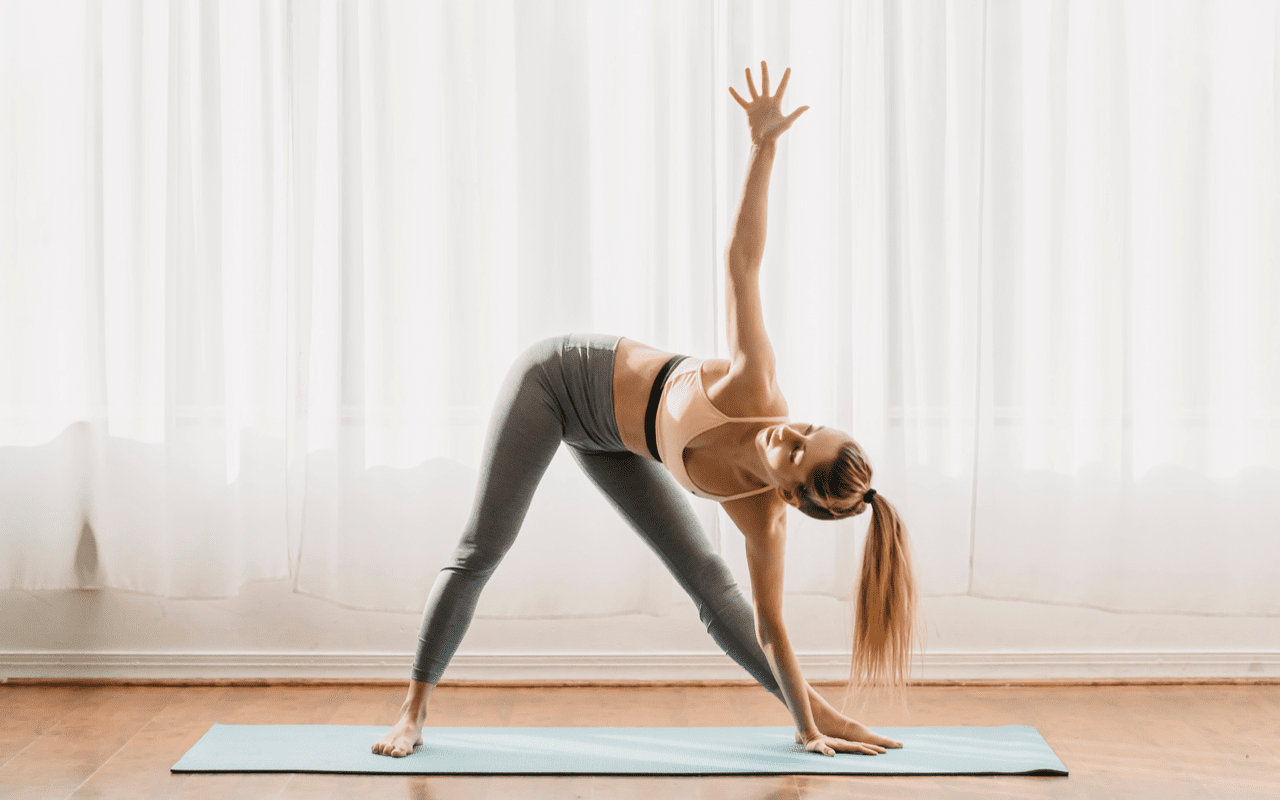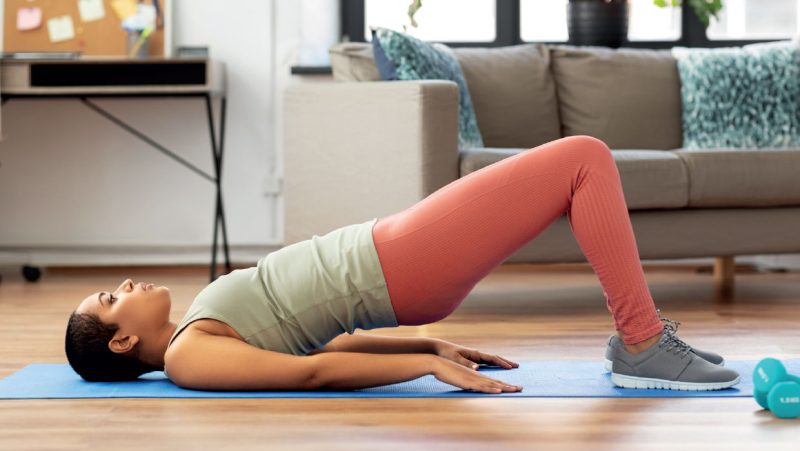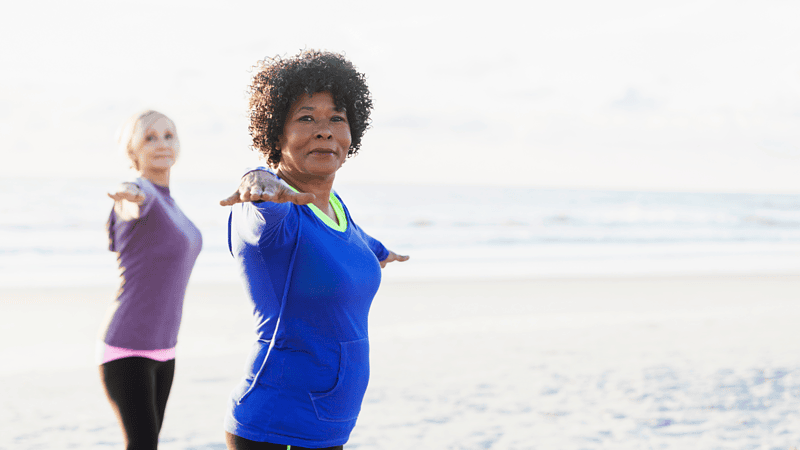
Welcome your in-breath in
How can we create space in the chest for our inhalation? By Imogen North
We have, as a western yoga community, become so focused on our exhales we have almost forgotten the power of our inhales and I understand why. As a society that is ‘stressed’ beyond belief, living in a constant state of stimulation from screens, and lights, or living in a belief system that we have to be constantly doing something to validate our existence. We spend the rest of our time working with our exhalations to try to switch off. Our nervous systems are stuck in their sympathetic states (otherwise known as fight or flight) so we need to work with our exhales to bring us back down from our permanent ‘highs’.
Our exhalations are undoubtedly transformative. When we focus on our exhales and extend them, lengthen them, we take our body into its ‘rest and digest state’ or in scientific terms our parasympathetic state. Lowering blood pressure and cortisol levels in your body system, improving your relaxation response and so regulating the nervous system, reducing stress and anxiety but also supporting the immune function.
But what seems to have been forgotten, or at least overlooked, is that the in-breath plays a really significant role in the support of our immune function as well. This month in my classes and in my personal practice I have been encouraging students to lean into their inhalations more instead of focusing on their exhalations.
Breathing a full in-breathe helps with our bodies physiological function creating what is known as the thoracic pump. Our main respiratory muscle, the diaphragm, contracts creating this pump. This in turn helps lymph and blood flow around the body. The diaphragm acts like a parachute pushing all the abdominal contents down and increases the space in the thoracic cavity, decreasing the pressure. This decrease in pressure helps to expand the lungs and also the negative pressure draws blood back to the heart through the veins. This is known as the ‘Venous Return’, when the flow of blood moves from our peripheries back to the heart.

You might ask why the venous return is important?
In-breath = venous return = ‘normal’ cardiac output and regulation of our blood pressure.
This thoracic pump that the full in-breath creates not only supports the circulatory system but also the changes in pressure in the thoracic cavity helps to pump lymph around the body too. The lymphatic system is a passive system, there is no in-built device to move lymph around the body so creating this thoracic pump is super supportive. Good lymphatic flow is critical for a strong immune response.
So how can we, in our yoga practice, create space in the chest for the inhalation? Increase our bodies lung capacity?
Exhale completely
See if as you move through your next yoga practice you can notice if you are completely emptying your lungs? If not, try and move right to the end of your outbreath and even take a little breath pause before you inhale.
Slow down the in-breath
Another side-effect of living in this modern world is that most of us tend to take short, sharp inhalations. See if you can consciously slow your in-breath down. This will not only help you take a fuller breath but also have an influence over your autonomic nervous system. Increasing the parasympathetic response or relaxation response regulating the nervous system, supporting the immune response and the digestive system.

Create space for your ribcage to move
Do this by targeting muscles in your yoga practice that connect to the ribcage. Two of my favorites are QL (Quadratus Lumborum) and the lats (Latissimus Dorsi). Parighasana (Gate) or Trikonasana (Triangle) are great to target QL and Anahatasana (Melted Heart) with your elbows on bricks is a great pose to target the lats.
Let the in-breath inspire you
There is a direct connection between how we breathe and our mood. Whether you are on the mat or off the mat, feel your in-breath move in and down into your body and notice the lift that occurs at the same time in the chest. Visualise the in-breath lifting any clouds from your mind as it lifts your chest.
Practice diaphragmatic breathing or belly breathing
Place your hands on your belly. Gently exhale and then as you inhale feel your belly expand like a balloon underneath your hands. At the top of the inbreath take a little pause and then exhale completely. Repeat for a few minutes.
Our breath is our primal connection to life. Our breath is how we show up in the world, it controls our ability to be sensitive. If you are not breathing a full in-breath and you don’t have space in your chest for that breath to enter you are unable to receive the breath as spirit moving through you. As we open the mechanics of the body to receive the inbreath we open the doorway for consciousness to enter carried by the prana (the pure air) on the breath into our energy system.







